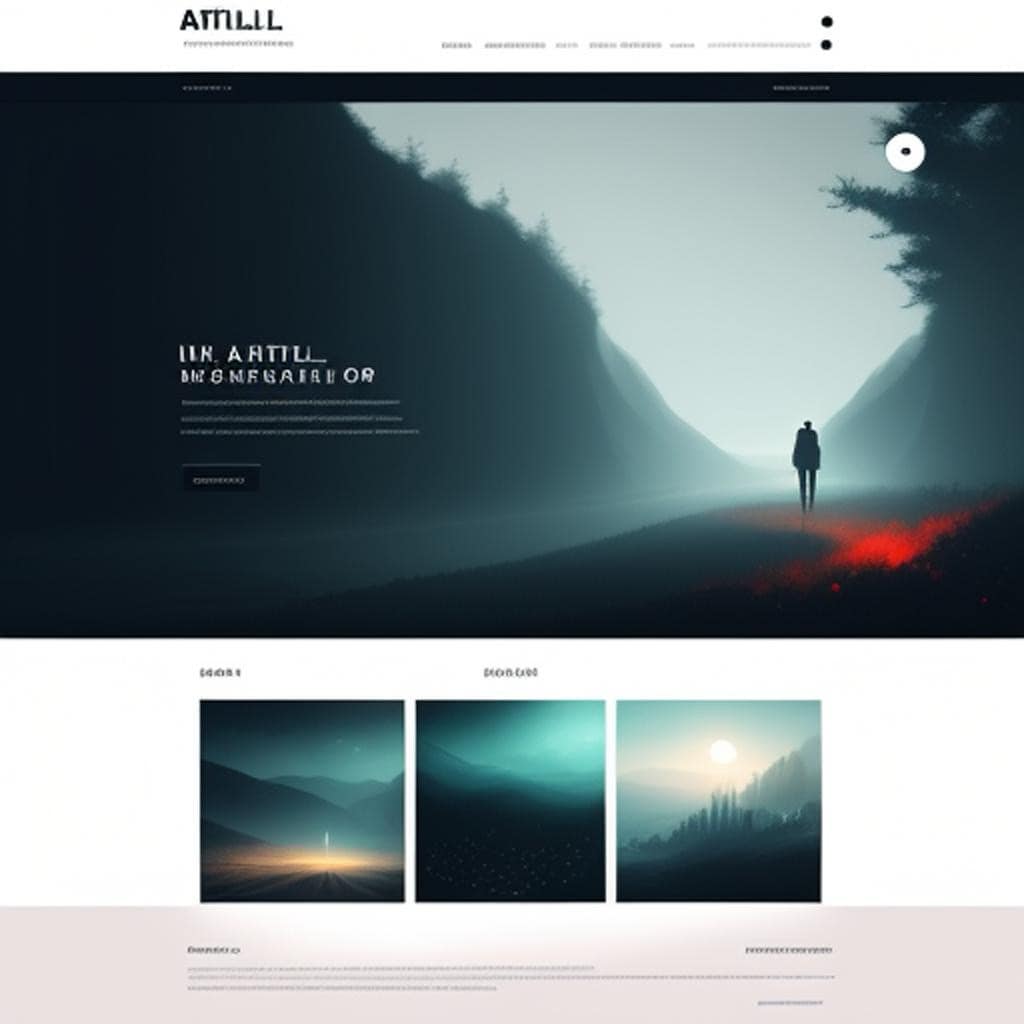
A Website Layout That Engages Visitors
I’m going to kick things off by underscoring the sheer importance of an engaging website layout. You might wonder why layout actually matters. Trust me, it’s the backbone that supports not only the aesthetics but the overall functionality of your web presence.
This isn’t just about a pretty interface; it’s also about building a trustworthy environment for your visitors. That means adhering to key principles of people-first content and E-E-A-T – experience, expertise, authoritativeness, and trust. I’ll guide you through these game-changers for a website that not only looks good but feels good to navigate.
The layout of your website isn’t a silent participant; it actively influences visitor engagement and conversion rates. A considered design leads visitors naturally from their first click to the final action you want them to take. Now, you might think that achieving such harmony between form and function is a tall order – don’t worry too much about that. By the end of this outline, you’ll have a solid foundation to build on.
Next, we’ll dive into ‘Understanding Your Audience: The First Step to Engagement.’ Because if there’s one thing I’ve learned, it’s that knowing your visitors inside out is key to crafting a website layout that they’ll find engaging. Stick around, and you’re going to find out about tailoring your digital space to match the expectations and needs of your unique audience.
Understand Your Audience – The First Step to Engagement
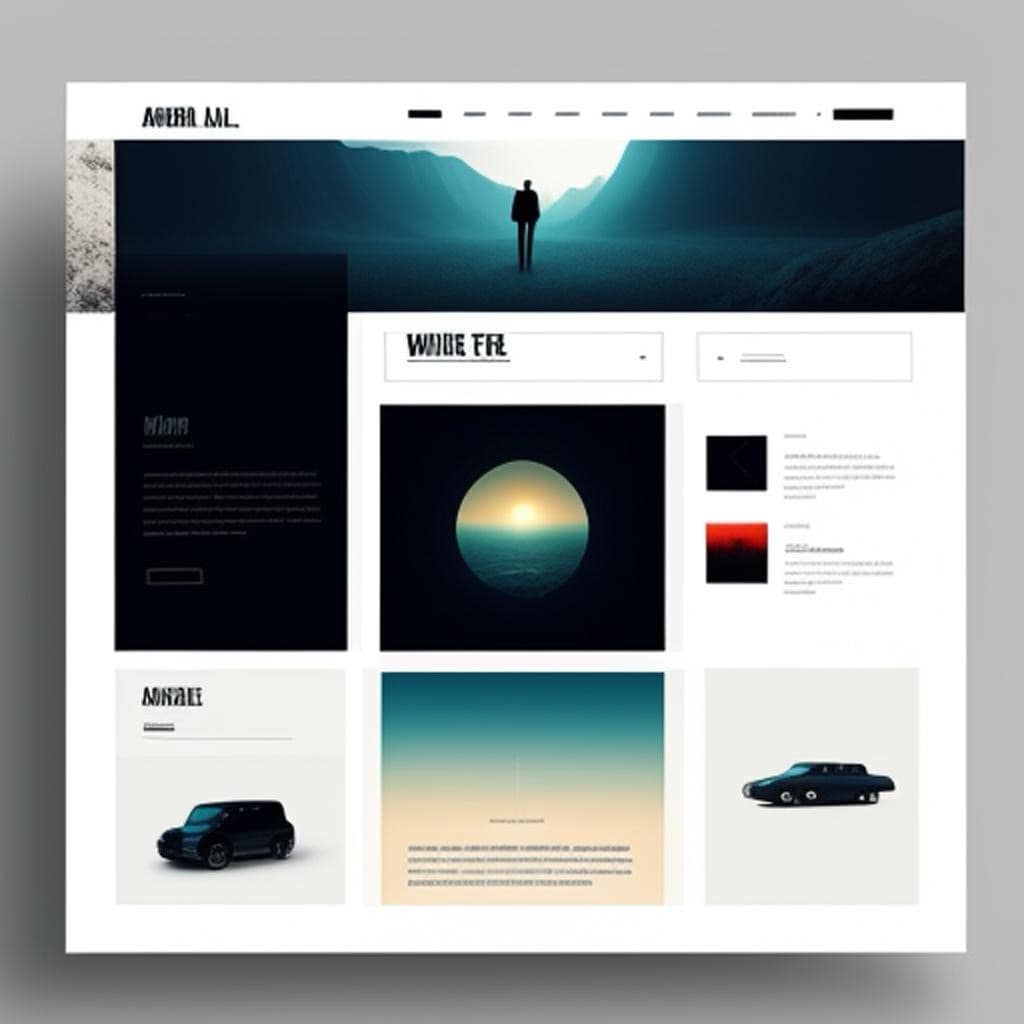
You’ve got an idea for a website, and you’re ready to start building. Great! But hold on a second. Before you pick a single color or write a line of code, there’s something you need to square away first: who’s going to visit your site? Yep, I’m talking about your target audience. Knowing who they are will shape every decision you make, from the website design to the content you’ll feature.
Tailoring your website layout to meet the specific needs and preferences of your target audience is crucial in creating an engaging user experience. Imagine you’re opening a restaurant. You wouldn’t design a romantic dinner space for a fast-food crowd, right? It’s the same with websites. You need to match the layout and content to what your audience is looking for, whether it’s quick information, a visual feast, or an interactive experience.
There’s a trove of tools out there to help you understand your audience. You can dive into Google Analytics to see who’s interacting with your site, or use surveys to ask your visitors what they’d like to see. Whatever method you choose, the goal is to gather enough information to create a persona for your typical visitor. Think of it as creating a character in a novel – what do they like, what do they need, and how can your website provide that for them?
Once you’ve got a grip on who your visitors are, it’s time to transition into making it as easy as possible for them to navigate through your website. Stick around, because next, you’re going to find out about crafting a navigation experience that doesn’t just satisfy, it delights.
know your audience on Amazon
Navigation – Simplify to Satisfy

Think about the times you’ve visited a website and felt lost; it’s like being in a maze with no clear exit. That’s exactly why your website navigation should be the North Star for visitors \’ guiding them smoothly from point A to point B. An intuitive navigation setup is crucial because if users can’t find what they’re looking for, they won’t stick around for long.
I’m going to dive into a few best practices for ensuring your navigation is clear and user-friendly. Forget about cluttered menus and overcomplicated dropdowns. Your navigation menu should be as minimalistic as possible, without sacrificing access to vital sections of your site. Think streamlined, logical, and accessible.
Sticky headers, for instance, keep your navigation in view at all times, making it super convenient for users to jump to different sections without scrolling all the way back to the top. Hamburger icons, those three little lines you see on mobile sites, have become synonymous with menu options and save tons of space on smaller screens. Mega menus are another great tool, especially for sites with extensive content, allowing for clear categorization and quick access.
Speaking of mobile screens, that’s where the next vital component of a top-notch website layout comes into play. Mobile optimization. It’s not just important, it’s absolutely critical. With a huge chunk of internet browsing happening on mobile devices today, your site needs to be ready to engage users on-the-go.
Mobile Optimization
The Non-Negotiable in Modern Web Design
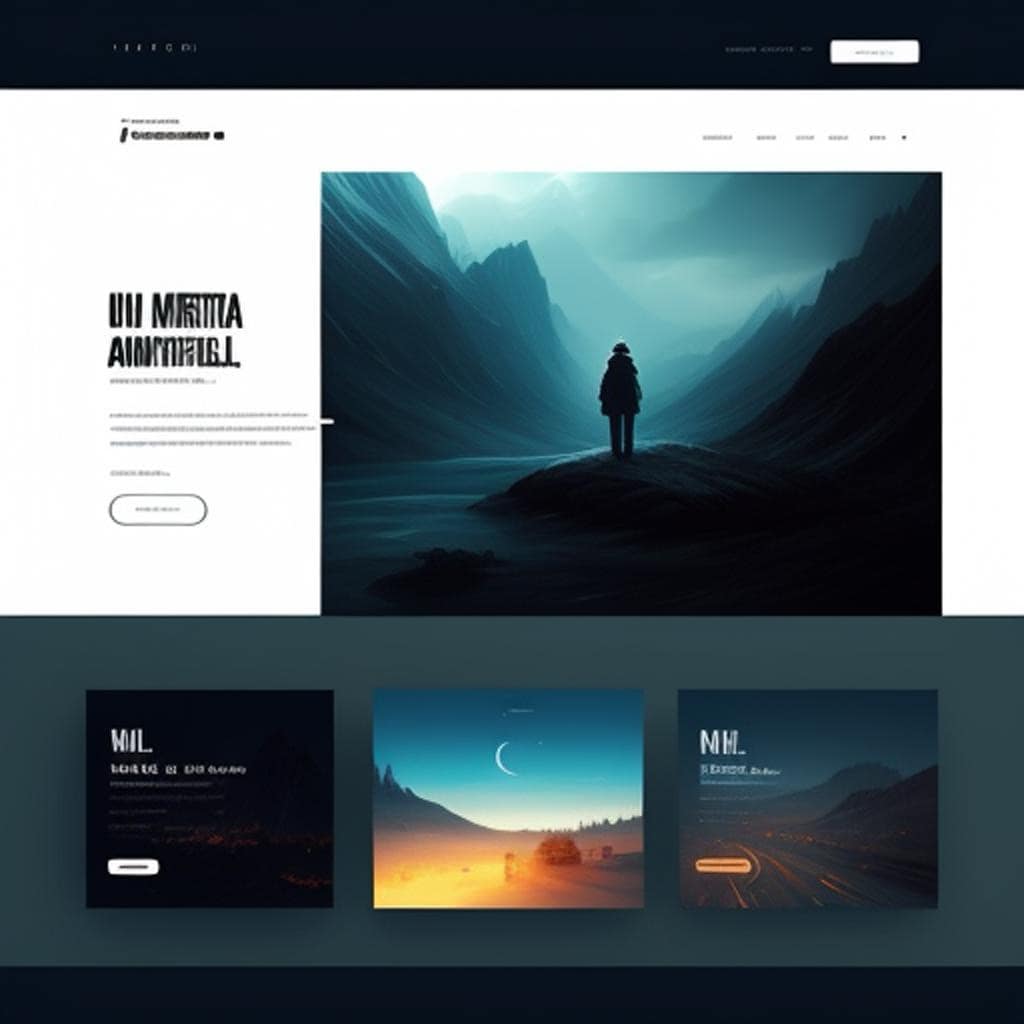
I’m going to tell you straight: mobile optimization isn’t just an option anymore; it’s mandatory. With the majority of internet traffic now coming from mobile devices, having a website that looks and performs well on smartphones and tablets is critical. This is what users expect, and search engines like Google prioritize mobile-friendly sites in search rankings.
So, what does mobile optimization really entail? It all starts with responsive design, which means your website automatically adjusts to fit the screen it’s being viewed on, whether that’s a desktop monitor or a tiny smartphone screen. I’m here to help you understand the nuts and bolts of crafting a mobile-first layout that ensures a seamless user experience.
One key aspect is touch-friendly navigation; those buttons and links need to be easy for fingers to tap. Nobody likes fumbling around trying to click something that’s too small! Also, make sure that forms are easy to fill out on mobile, and consider the use of larger font sizes for reading on smaller screens.
You’re going to find out about the importance of testing your website’s mobile version as well. Check it on different devices and browsers to see if there are any glitches or elements that don’t work as expected. There’s a lot of opportunity in refining the mobile experience, and it all adds up to retain users and convert visits into action.
As you focus on mobile optimization, bear in mind that your efforts also pave the way to section ‘Visual Hierarchy: Leading the Visitor’s Eye’ which is up next. A mobile-optimized site isn’t just about technical details; it’s about creating a visually appealing experience that organizes content in a way that naturally draws the eye from one element to the next. Get this right, and you’re on your way to a site that not only retains visitors but actively engages them.
Online Mobile Responsiveness on Amazon
Visual Hierarchy Leading the Visitor’s Eye

Visual hierarchy isn’t just a fancy design term; it’s the backbone of a compelling website layout. It’s how you use design elements to guide visitors’ eyes in a deliberate path across your page. This is crucial because you want to draw attention to the most important parts of your site first, like your call-to-action buttons, critical services, or your best content.
So, what goes into creating an effective visual hierarchy? Contrast is your friend here. A harmonious contrast between your background and text can make your message pop. Size also matters; larger elements naturally draw more attention. But don’t underestimate the power of typography. The right font choice can elevate your headline from mundane to unmissable. And remember, negative space, or whitespace, is your secret weapon. It gives your content room to breathe, making your site look clean and organized. It helps to create ‘breathing room’ around items you want to highlight.
I’m going to show you how to use these elements to your advantage. Strategically place large, bold headlines at the top of your page, supported by eye-catching images or videos. Sub-headlines and bullet points can break down information into digestible pieces. All the while, let whitespace guide the user through each section with ease, preventing sensory overload. By structuring the elements in this way, you establish a clear path for the eye to follow, making for a hassle-free browsing experience. Your users are going to appreciate that.
Visual hierarchy isn’t just for show; it actually supports the user journey through your website. The goal is to lead visitors from the initial interest to taking the desired action. You want them to feel guided, not pushed. It’s the subtle difference between a website that feels intuitively designed and one that seems like a mishmash of elements vying for attention. When done right, users won’t even realize they’re being directed, they’ll just flow from point A to B naturally.
Content Is King… But Placement Reigns Supreme
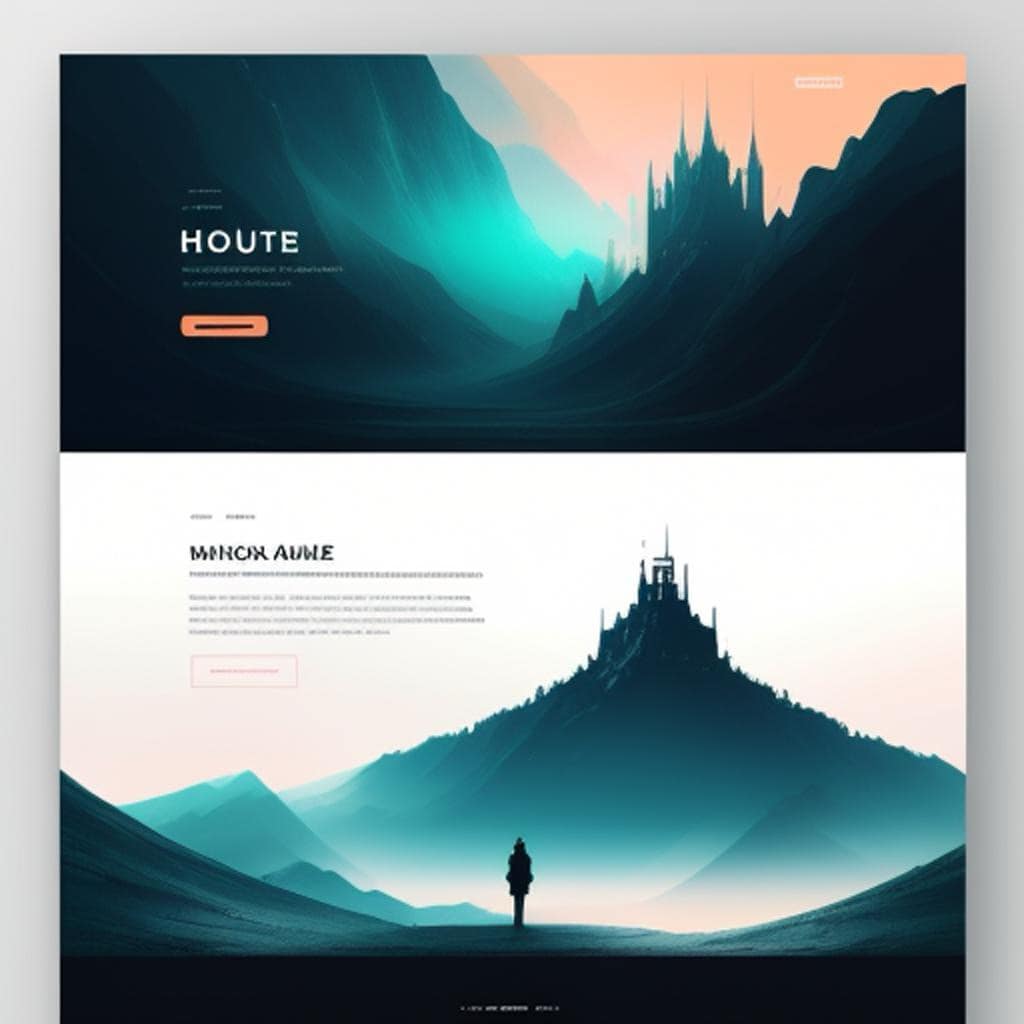
You’ve probably heard it a thousand times before – ‘Content is King’. While that’s undeniably true, it’s not just about what content you have; it’s where and how you place it that often rules the day. Imagine walking into a store where all the goods are jumbled in a pile. Even if it’s full of treasures, chances are you’ll leave empty-handed. The same goes for your website.
The strategic placement of content ensures that visitors not only find what they’re looking for but are also tempted to explore what they didn’t know they needed. This starts with a grasp of the ‘F-pattern’ in reading web content. People typically scan the screen in a pattern that resembles the letter ‘F’, favoring the top and left side of the screen. So, prioritize these areas for your most important messages.
However, it’s not just about shoving everything into that F-pattern. Balance is critical. Mix textual content with relevant multimedia elements like images and videos to break the monotony and maintain user interest. Plus, be sure not to overcrowd—it’s about guiding visitors through your content, not overwhelming them with it.
Speaking of guidance, let’s talk about call-to-actions (CTAs). A strategically placed CTA can transform passive readers into active participants. Whether it’s to ‘Learn More’, ‘Sign Up’ or ‘Buy Now’, these prompts are the signposts of your website’s journey. Place them in logical, intuitive spots where a visitor is most likely to be persuaded to take the next step.
I’m going to cap off this section with a bridge to the invisible aspects of engagement. Remember, even the best-placed content won’t matter if your visitors leave out of frustration over slow loading times. Up next, I’ll tackle the technical wizardry behind the scenes that ensures your content not only engages but actually gets seen.
Loading Times & Technical Performance – The Invisible Elements of Engagement
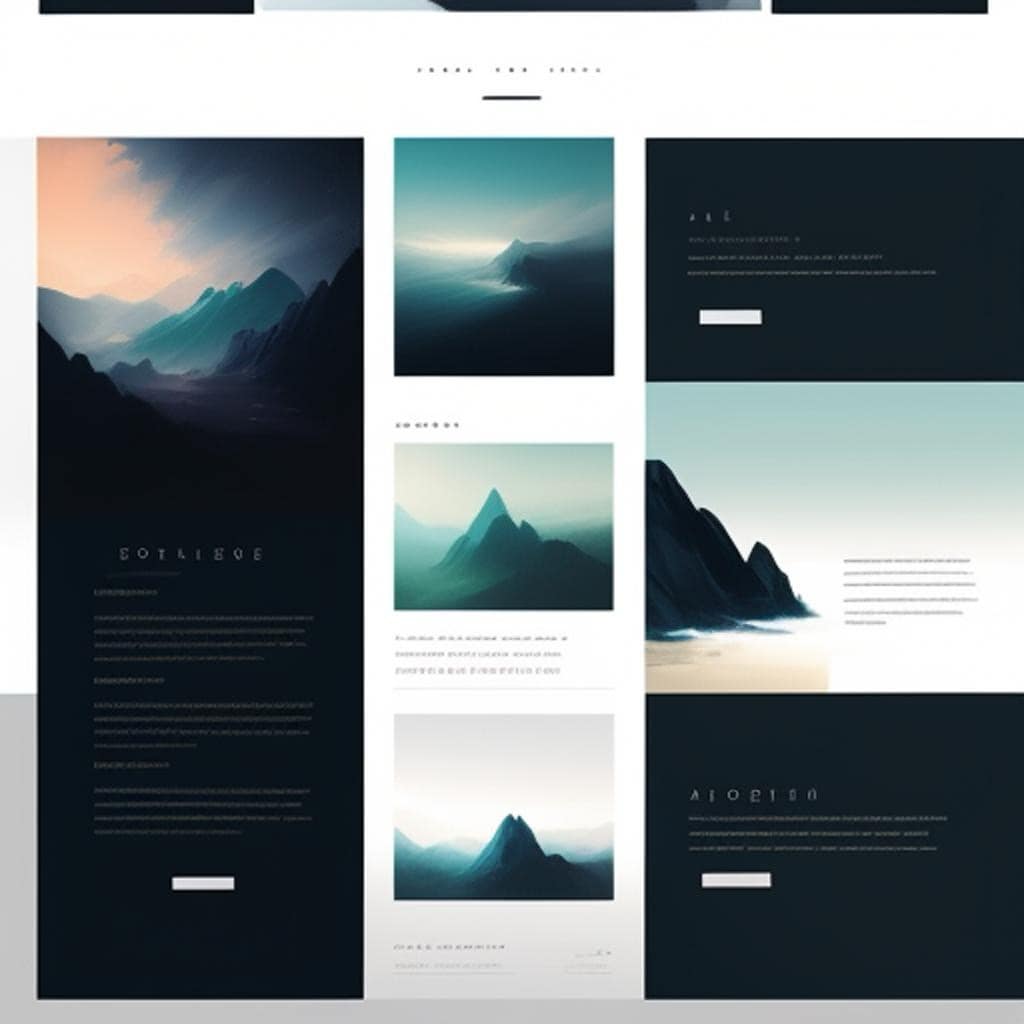
You’re going to find out about something crucial now, something that often goes unnoticed: the technical underpinnings of a website that keep visitors sticking around. Loading times aren’t the flashy part of your site, but they’re a cornerstone of visitor engagement.
If you’ve ever clicked away from a website because it took too long to load, you know firsthand the frustration of waiting. Research shows that a delay of just a few seconds in page load time can significantly increase bounce rates. That’s why optimizing your loading times is imperative.
Optimizing images is a good starting point; make sure they’re compressed without compromising quality. Next up, scrutinize your scripts and stylesheets; they should be as lean as possible. Also, leverage browser caching; it allows returning visitors to load your pages faster.
Your web host plays a part in this too. A bargain hosting solution might save you a few dollars, but if it’s slowing you down, it’s likely not worth it. Invest in a reliable web hosting service that ensures quick server response times.
Now, after you’ve dialed in your loading times and technical performance, your site is speedy, secure, and snappy. But your work here isn’t quite done yet. You’ll need to ensure it’s not just fast but also accessible to all kinds of visitors. That’s where the focus turns to accessibility, the topic I’m tackling next.
Website Loading Speed on Amazon
Accessibility Creates an Inclusive Website Experience
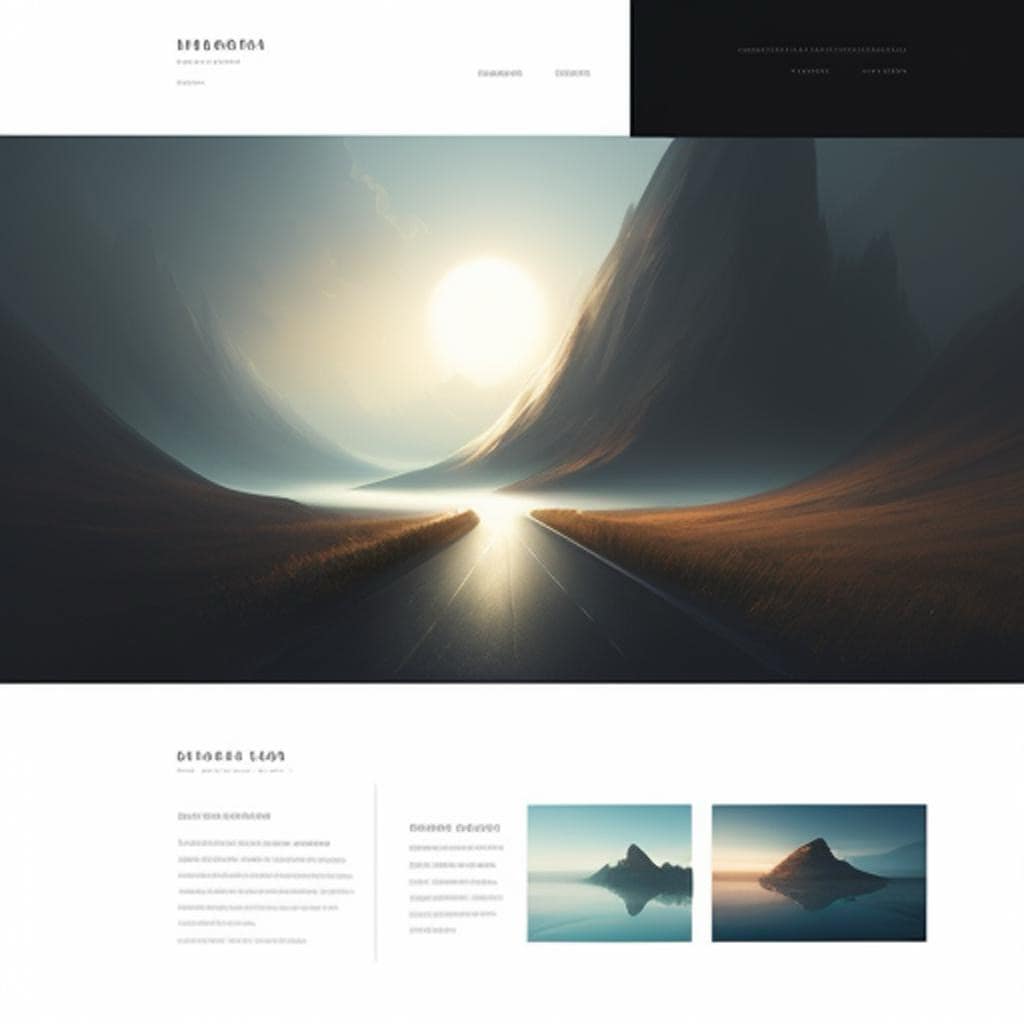
When you’re designing a website, it’s crucial to remember that the internet is for everyone. That’s why web accessibility isn’t just a nice-to-have, it’s a must. Accessibility means making sure your site is usable by as many people as possible, including those with disabilities. Think of it as opening your digital doors to the entire world, regardless of how an individual interacts with the web.
There’s also a strong legal incentive to prioritize accessibility. You may have heard of the Americans with Disabilities Act (ADA) which requires certain businesses to accommodate individuals with disabilities. Well, that applies to websites too. By creating an accessible website, you’re not just being inclusive, you’re also protecting yourself from potential legal issues.
I’m going to walk you through some tips for inclusive web design. First off, use clear and descriptive headings to structure your content, and don’t forget alt text for images – it’s a big help for screen readers. Choose a font that’s easy to read and make sure the text size can be adjusted. Colors matter too; make sure there’s enough contrast between text and background so that everyone can read comfortably.
Don’t worry too much about getting everything perfect on the first try. Thankfully, there are tools and resources available to help you out. Services like the Web Accessibility Initiative (WAI) and tools like WAVE (Web Accessibility Evaluation Tool) can guide you through the process. Plus, regular accessibility audits can help to ensure that your website remains user-friendly for all visitors over time.
Remember, making your website accessible is an ongoing commitment. As technologies and standards evolve, so does the need to adapt your website. The payoff, however, is a site that’s not only more inclusive but often has improved SEO and a wider reach. And that’s something that benefits everyone.
Americans with Disabilities Act (ADA) on Amazon

Conclusion
Wrapping Up Your Web Layout Adventure
You’ve now got a solid grip on what it takes to make a website layout that really draws people in. It’s not just about aesthetics; it’s about creating an environment where your visitors feel comfortable, informed, and eager to take action.
Remember, even though the technical bits like loading times and mobile optimization might seem dull, they’re absolutely critical for keeping visitors from bouncing off your page. And, of course, accessible design is not just a nice-to-have; it’s a must for reaching a broader audience and fostering inclusivity.
The key takeaway? Your website is never truly ‘finished.’ Keep using visitor feedback, analytics, and A/B testing to refine and improve your layout constantly. Your visitors’ needs and the digital landscape are always changing, so stay adaptable and be ready to evolve.
I hope this outline helps you on your journey to building a more engaging website. I’d love to hear how it goes for you, so feel free to share your experiences and ask questions – after all, we’re all in this together.
Shop tips
know your audience on Amazon
Online Mobile Responsiveness on Amazon
Website Loading Speed on Amazon
Website Security on Amazon
Americans with Disabilities Act (ADA) on Amazon
